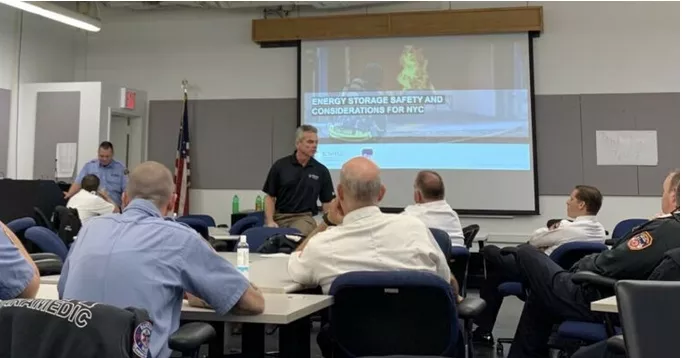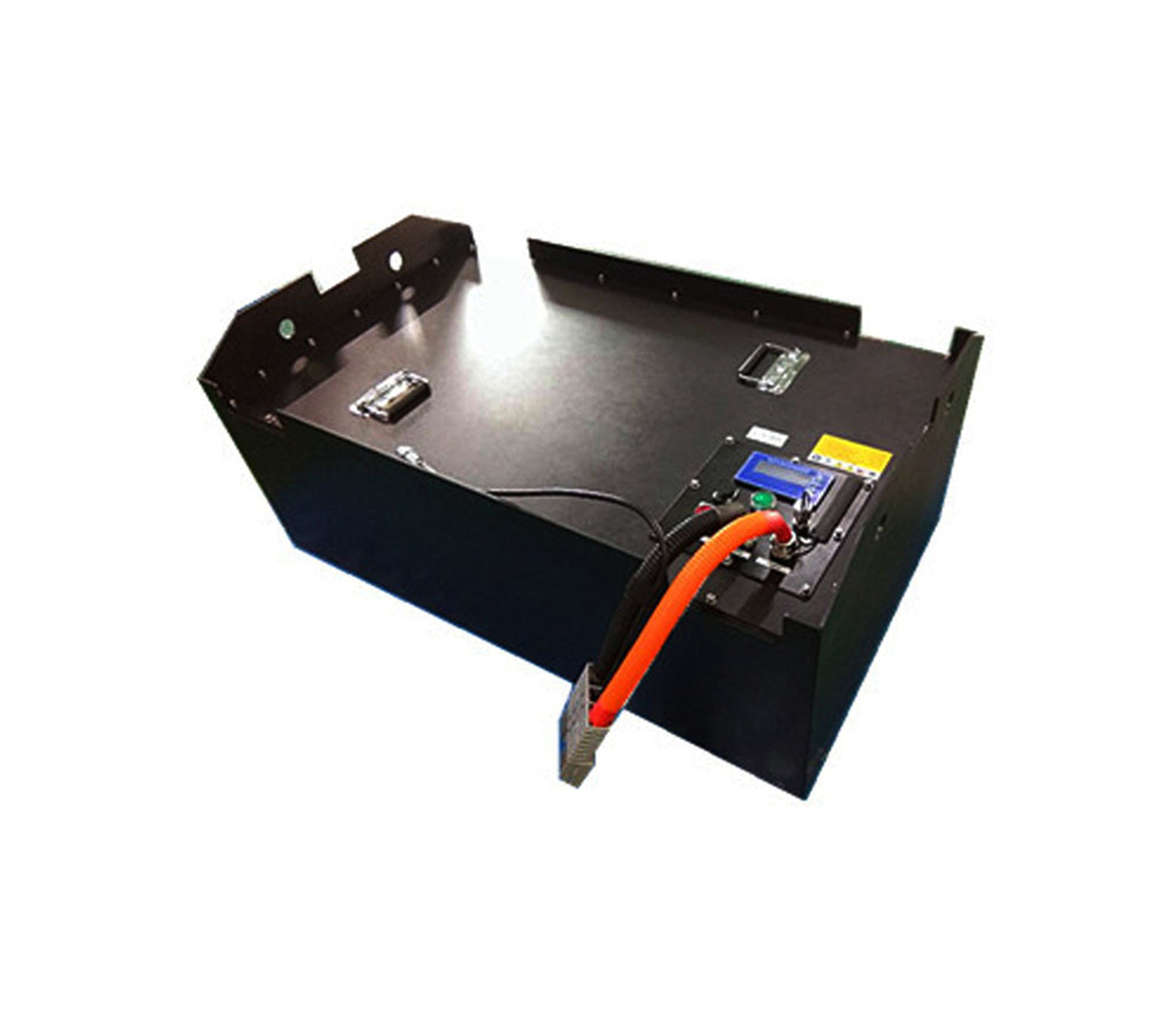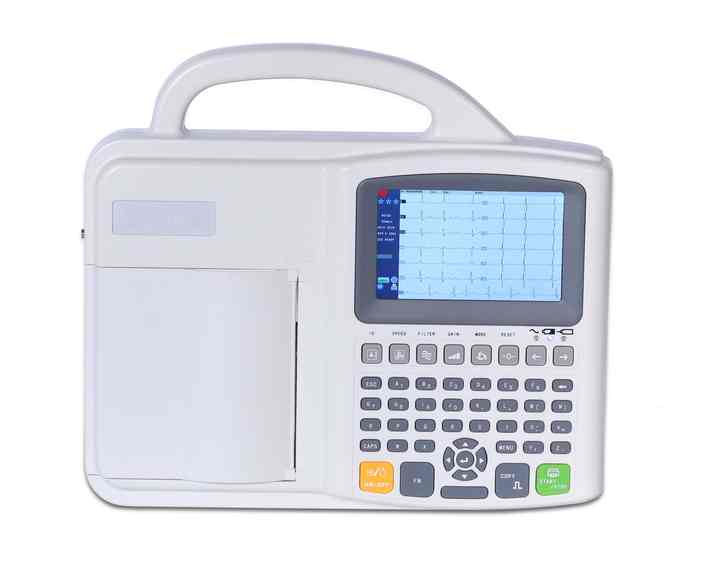Fire safety issues of battery energy storage systems that need
attention
Paul Rogers is one of the founders of the "Energy Security Response Group"
(ESRG) in the United States. ESRG is a service provider specializing in the
safety of battery energy storage systems. With over 25 years of fire fighting
experience, Rogers is well versed in fire safety issues and techniques for a
wide variety of equipment. In an interview with him by industry media a few days
ago, Rogers explained some fire safety issues that need to be focused on battery
energy storage systems.

(The Energy Security Response Group (ESRG) provides a wide range of testing
services for battery energy storage system and battery manufacturers, including
auditing their technologies and products for compliance with the UL9540A
standard)
Lithium-ion battery energy storage systems have become a bankable energy
storage technology of choice for stable grid operations and renewable energy
integration, he said. However, as global deployment grows, it becomes
increasingly important to ensure that everyone from policymakers to the general
public trusts this relatively new energy storage technology to be safe. While
fires in battery storage systems are rare, they have occurred in recent
years.
Local planning and permitting authorities and legislators are gatekeepers
who can determine whether a battery storage system is safe. In the meantime, if
anything goes wrong, it will require an emergency response from firefighters. It
is important for energy storage system operators to develop close relationships
with these stakeholders.
Paul Rogers said local program reviewers and regulatory officials need to
take a deeper look at fire safety for battery storage systems because some of
the new regulations are very technical and difficult to understand.
On the other hand, the vast majority of stakeholders supplying and
deploying battery energy storage systems need to bravely take responsibility for
fire safety.
Firefighters always see new technologies, especially energy technologies,
from their own perspective, Rogers said. The ESRG team blended these two
perspectives: what to do if a battery does catch fire, and how to take steps to
keep the battery from catching fire.
Professionals in the energy storage industry may also not consider what
help firefighters need at the scene of an accident. In addition to fire,
explosions can occur if flammable gases are allowed to build up inside the
battery energy storage system enclosure.
While deflagration vents or fencing can mitigate this risk, research should
look at worst-case scenarios. What happens if deflagration prevention techniques
don't work, perhaps because the exhaust fan isn't working or the smoke released
makes it difficult for the fan to get out quickly? In this case, there may be a
risk of explosion.
"We're looking at the impact of a battery fire or explosion," Rogers said.
"How will that impact affect the surrounding area and, most importantly, how
will firefighters who are in close proximity to these batteries respond?"
When lithium-ion battery storage was first deployed in New York City, the
fire department didn't know much about its safety, Rogers said.
"Firefighters typically ask the question, 'What happens when they catch
fire?'" he said, but the response from storage operators is: "They don't catch
fire."
But as firefighters point out, any facility can catch fire, especially
battery storage systems that store energy inside.
After extensive testing, Rogers and his colleagues at the New York City
Fire Department realized that a battery energy storage system fire was a
low-frequency, high-risk event.
"Fire departments simply don't have the experience to handle an incident
like this," he said. "But when they do, there's a very high risk. That's why a
battery storage system on fire can be dangerous for firefighters."

(Paul Rogers trains key officers and energy storage system supervisors for
the Fire Department of New York (FDNY))
A few years ago, there were some proposals to install lithium-ion battery
energy storage systems into high-rise buildings in New York City as an
alternative to lead-acid batteries that act as uninterruptible power supplies
(UPS). The recommendations quickly caught the fire department's attention.
Rogers found that the explosion risk of lithium-ion battery energy storage
systems was even greater than fire, and it was a whole new thing that had to be
dealt with.
"As we learn more and more about the properties of lithium-ion batteries,
given the potential explosion hazard, the high heat release of the batteries
themselves, the energy retained after the fire is extinguished, and the
re-ignition problems they face," he said. I said to the fire chief: 'I'm not
concerned about whether these batteries will catch fire, but I am concerned
about the adverse effects on the safety and health of firefighters if they
do.'"
It's also important because fire departments need to know when it's safe to
put out a battery energy storage system fire and handle it properly.
Often, fire department officials get superficial, or even completely wrong,
information. Apparently, some people, including firefighters, browsed the
internet for information. Some even said that in the event of a
battery-energy-storage system fire, people on site would need to be evacuated at
least a mile away. But this statement is wrong.
Rogers points to a recently published academic paper comparing the
explosion risk of battery energy storage systems to weapons of mass destruction.
The authors of the paper apparently do not understand how battery energy storage
systems fail and what happens when they fail.
"They're trying to tie everything together as if the batteries in a battery
storage system are all going to explode at the same time, which is simply a
false idea," he said. "Explosions aren't inevitable when a battery storage
system catches fire." As a result. Batteries typically have cascading failures
that do not fail all at once. If a battery catches fire, the fire can ignite and
consume gases that may be released due to thermal runaway of the battery.”
Industry experts need to proactively communicate directly with stakeholders
in plain language. Rogers noted that many people already understand the need for
this type of communication, and said it may be necessary to start a conversation
with the fire department early.
Talking successfully with the fire department means explaining exactly what
the potential risk of a battery storage system fire is. Then make them aware of
the different layers of security features and procedures that need to be in
place after a worst-case event. It is also important to use professional
language or jargon that the fire department can understand, he added.
SES Power agrees with Paul Rogers' point of view, especially with the
acceleration of the global energy conservation and emission reduction process,
clean energy (wind power, hydropower, photovoltaic power generation, etc.), and
the energy storage industry have ushered in explosive growth. This means that
there are more and more potential fire hazards. We cannot learn with fresh life.
We must standardize and popularize the fire protection knowledge of battery
energy storage systems, especially large-scale lithium-ion battery systems. The
ternary lithium battery with high energy volume ratio has more energy than the
lithium iron phosphate battery, but the safety is superior to the lithium iron
phosphate. SES Power has rich experience in lithium battery packs for energy
storage systems. It is recommended that customers use lithium iron phosphate
batteries first, such as 12V100Ah, 12V200Ah, 24V100Ah, 48V100Ah and other
modular lithium batteries. If the customer adopts a ternary lithium battery with
a higher capacity ratio, we will increase the safety protection of the battery
according to the actual situation. This is not only in terms of electronic
structure, but also needs to be comprehensively dealt with in terms of
mechanical mechanism, damage and impact.




































